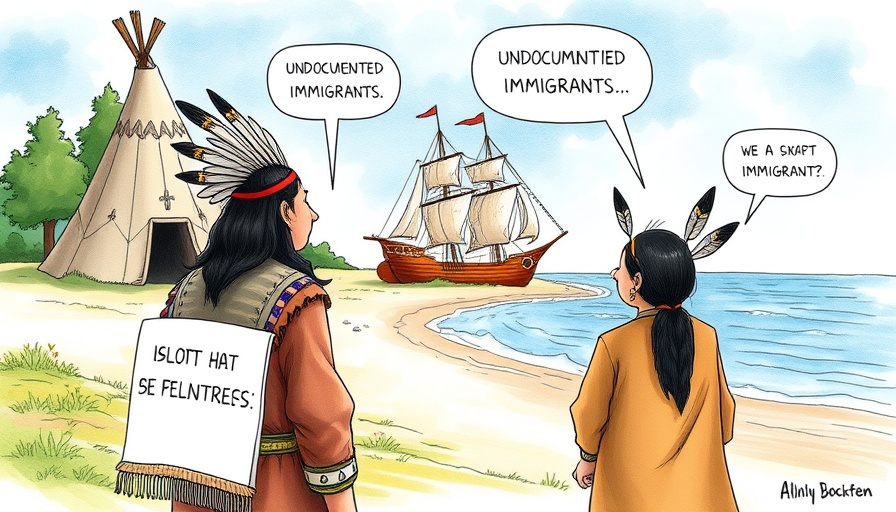
Exploring the Humor and Insight of Political Cartoons
Every week, editorial cartoons serve as a barometer for the political climate, capturing complex issues with humor and satire. On May 17, various artists took on a range of topics, showcasing their perspectives on current events, including the latest iterations of Air Force One, the prominent figure of Volodymyr Zelenskyy, and the contentious topic of undocumented immigrants. But why do these cartoons matter?
Why Political Cartoons Matter
Political cartoons often distill complex narratives into bite-sized visuals that resonate with the public. They act as both a mirror reflecting societal sentiments and a lens examining the absurdities of current events. By addressing significant issues like immigration and international relations, these cartoons invite viewers to think critically and engage in the broader discourse.
The Power of Satire in Political Discourse
Satire has long been a powerful tool for social commentary. The humorous portrayal of political figures, such as Donald Trump or Zelenskyy, allows artists to balance critique with levity. For instance, recent cartoons have juxtaposed Trump's controversial policies against the backdrop of current geopolitical challenges, making the discussion accessible yet engaging.
Common Misconceptions About Political Cartoons
Many people dismiss cartoons as merely humorous, underestimating their impact on public opinion. In reality, these art forms can shape perceptions, sway opinions, and inspire action. Far from mere entertainment, cartoons often encapsulate the frustrations and aspirations of a populace, transforming complex ideas into easily digestible commentary.
Implications of Artistic Commentary on Current Events
As we navigate a world intertwined with political color, understanding the implications of what these artists express is crucial. For example, the depiction of undocumented immigrants opens dialogues on humanitarian issues and policy. It encourages discussion, pushing audiences to consider various perspectives, ultimately strengthening democratic engagement.
Actionable Insights for Engaging with Political Commentary
To truly grasp the conversations ignited by political cartoons, viewers should:
- Engage with the material: Rather than seeing these cartoons as one-dimensional, consider their broader implications.
- Discuss with peers: Sharing thoughts on the humor and underlying critiques can lead to rich dialogue about shared concerns.
- Follow diverse artists: Explore works from various artists to gain different insights into political issues from multi-faceted angles.
In summary, editorial cartoons are more than just illustrious sketches; they represent the heartbeat of public discourse in our ever-evolving society. As we witness political landscapes transform, let’s embrace the wit and wisdom embedded within these artworks.
Stay informed about the weekly narratives that shape our world. Dive into different viewpoints and subscribe to newsletters that can enhance your understanding of political landscapes.
 Add Row
Add Row  Add
Add 




Write A Comment